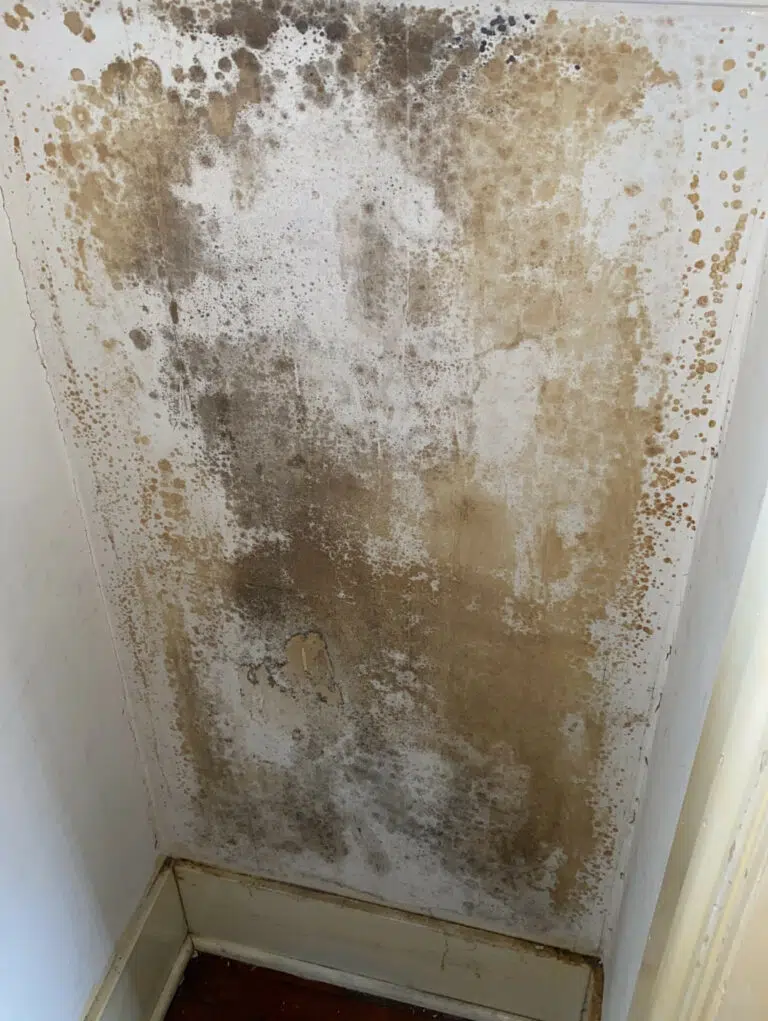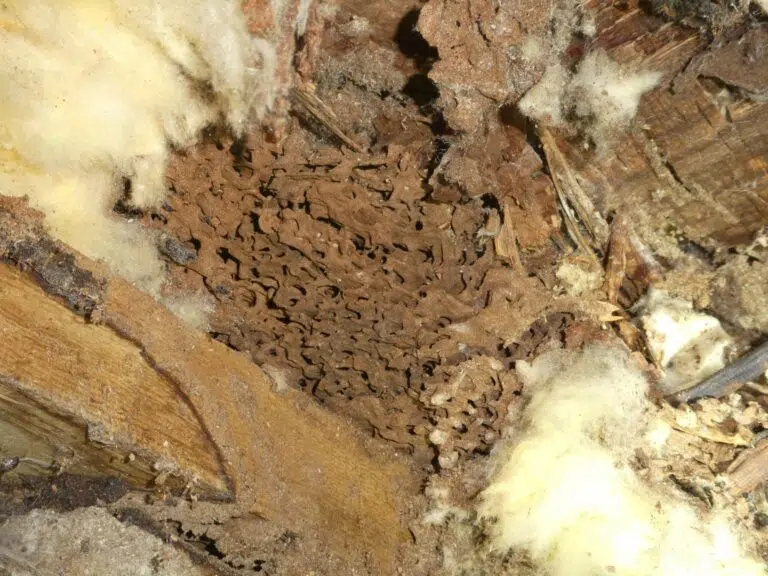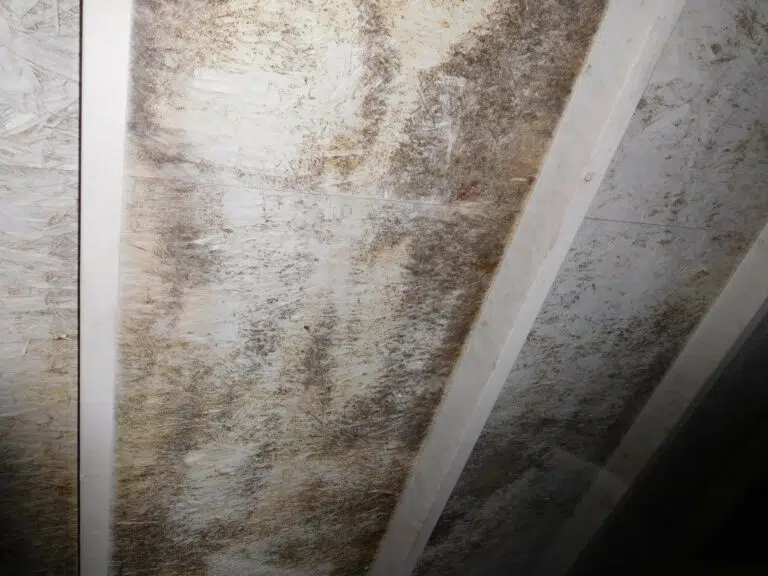Moisture problems in a home
When I run into a moisture problem inside a home, one of the more common questions I get from my clients is: “is this mold harmful to my health?”
While this is excellent question it is impossible for a home inspector to answer -we are not doctors and even medical specialists would struggle to quantify health-risks associated with a mold condition given the myriad variables of people, exposure and species of mold. That being said, it is common knowledge that prolonged exposure to high levels of any species of mold can be harmful to human health. So in the face of uncertainty, with such an important potential health problem, what should your home inspector be telling you about mold during your home inspection?
The most important thing to understand is that we have only one way to control or eliminate mold in our buildings – STOP THE WATER. By insuring that our homes are dry we virtually eliminate chances for mold growth.
When it comes to mold, I like to break moisture problems in homes into two categories: chronic and localized.
Problems with water
Localized water problems could easily result in mold growth – think for example the sheetrock below a leaky faucet. While this leak will clearly create mold on the sheetrock your real problem here is the plumbing leak – once the leak is repaired, the mold- covered materials could be sealed or removed and your problem is gone. Also, from a logic standpoint, small areas of localized mold are not likely to cause significant health problems as exposure is likely to be limited.
Chronic water problems inside a building indicate a building that is not performing as intended and could easily result in poor indoor air quality and a safety hazard for the occupants. Home inspectors should be looking for signs of chronic moisture conditions and alert home buyers to the potential scope of problems including damage to the structure and poor indoor air quality. Chronic moisture problems in buildings can be expensive to correct and typically result from some combination of 4 primary moisture sources:
- Leaking / failing roofs and exterior envelops
- Chronic drainage problems
- Chronic plumbing problems
- Chronic high relative indoor humidity
Chronic failure in roof, exterior, plumbing and drainage systems tend to be straight-forward for home inspectors to find and identify; even an inexperienced lay-person can often identify a badly failing roof or water damage from extensive plumbing problems. Where things get tricky are latent and concealed defects and trickier still with chronic high relative humidity problems.
Testing for chronic moisture problems
Despite what you may see on TV, your home inspector is not allowed to do destructive testing – home inspections are visual and this limits the ability of an inspector to find latent moisture problems lurking behind walls and in ceiling cavities. Home inspectors are accustomed to working with this limitation, however, and experienced home inspectors are good at seeking clues and red flags that could indicate hidden moisture problems. When such clues are discovered is when your home inspector should direct you to seek a specialist to further investigate.
Mold Specialists
Mold specialists come in two basic forms: testing and remediation and some specialist can do both.
While mold testing seems like a great idea, the information gleaned from testing has serious limitations. I recommend reading http://www.buildingscience.com/documents/reports/rr-0209-mold-testing to gain a nuanced understanding regarding the limitations of mold testing. Suffice it to say that many indoor air quality experts share the opinion that limited resources are better spent diagnosing and fixing moisture problems rather than spending precious resources on mold testing. If prolonged exposure to high levels of any species of mold can be harmful to human health, does it matter what species you are dealing with or should you simply address the underlying moisture problem?
Mold rededication specialists can help you diagnose and repair building moisture problems. These companies should be familiar with diagnosing all ways a building can get wet including building science problems of high relative humidity and condensing surfaces and help you identify and stop water problems and then seal or remove contaminated materials.
With these basic principles above I hope you can see how a home inspector could not possibly quantify a health-risk from a given mold condition; but also how a good home inspector should be able to alert you to red flags that could indicate water problems in a perspective home that could in turn lead to indoor air quality problems.
______________________________________________________
Dylan Chalk is the author of The Confident House Hunter – a book to teach home buyers how to look at and understand houses: Cedar Fort Press www.dylanchalk.com. He is also the founder of ScribeWare inspection report software offering innovative and simple Report-writing solutions – www.getscribeware.com and he is the owner of Seattle-based Orca Inspection Services LLC, www.orcainspect.com. He has performed over 5000 home inspections and is a full member of ASHI.




